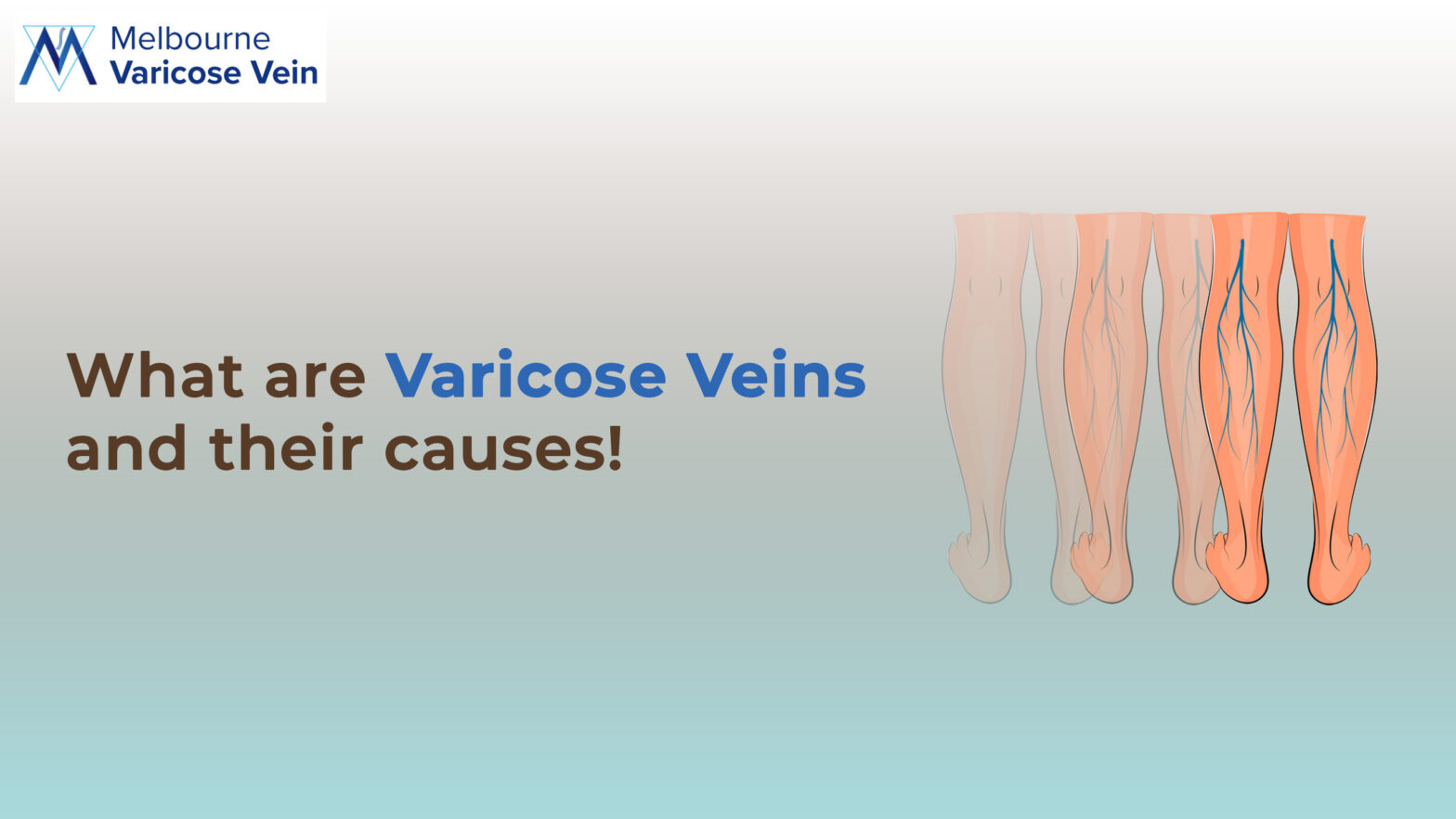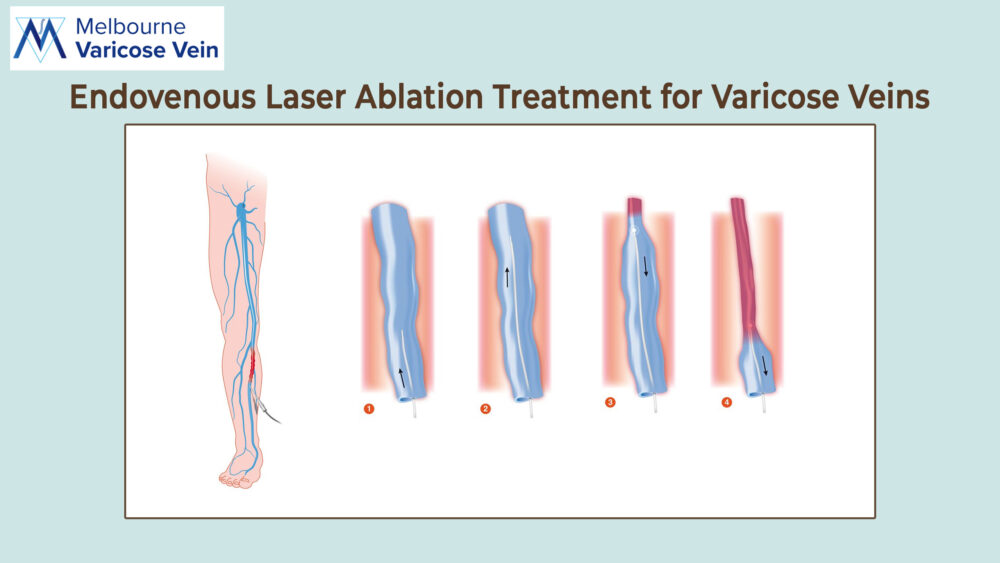
Varicose veins are not only discomforting, but they can be harmful as well. Aching legs, discomfort, swelling, restless leg syndrome, and other symptoms might be caused by them, interfering with daily activities and quality of life.
Varicose veins that are not treated can be dangerous because the blood that pools in the veins can clot and cause severe problems. The valves in the veins allow blood to flow only in one direction. The valves may get weaker as the vein walls expand and become less flexible (elastic). Blood can seep backward and eventually flow in the opposite direction if a valve is damaged. When this happens, blood can pool in the veins, causing them to swell. Pregnancy, constipation, and, in rare situations, tumors can all induce varicose veins.
There is a possibility of consequences in any condition when adequate blood flow is disrupted. Varicose veins, on the other hand, rarely cause difficulties. If difficulties arise, they may include the following:
- Bleeding.
- Thrombophlebitis or inflammation of a vein in the leg is caused by blood clots.
- Varicose eczema, lipodermatosclerosis (hard and tight skin), and venous ulcers are all symptoms of chronic venous insufficiency. Venous ulcers usually develop around the ankles and are preceded by a discolored patch. It is essential to get medical help if you have chronic venous insufficiency.
Symptoms of Varicose Veins
The majority of the time, there is no pain, although varicose veins can cause the following indications and symptoms:
- The veins appear to be twisted, swollen, and lumpy (bulging)
- The veins are either blue or dark purple.
- A minor injury to the affected area may result in longer bleeding than normal.
- Lipodermatosclerosis – fat under the skin just above the ankle can become hard, resulting in skin shrinkage, swollen ankles, aching legs, feeling heaviness especially after exercise, or at night a minor injury to the affected area may result in longer bleeding.
- There may be a visible skin discoloration surrounding the varicose veins in the affected leg (spider veins), which is usually brownish or blue.
- Venous eczema (stasis dermatitis) - when standing up suddenly, the skin in the affected area becomes red, dry, and itchy, and some people have leg cramps.
- Restless legs syndrome affects a large number of patients with varicose veins.
- Atrophie Blanche - at the ankles, uneven whitish patches that resemble scars get developed.
Risk Factors that might be the reason behind being more prone to Varicose Veins
Sometimes Varicose veins happen for no apparent reason. The following risk factors have been related to an increased risk of varicose veins:
- Standing for longer periods
- During menopause
- Pregnancy
- Being over 50 years old
- Obesity or having a family history of varicose veins
- Women are more likely than men to suffer from varicose veins.

Endovenous Laser Ablation Treatment for Varicose Veins
Varicose veins can be treated with endovenous laser ablation, which is a minimally invasive procedure. It is done under local anesthetic in an outpatient environment. It's most commonly used to treat the saphenous veins, a superficial venous system in the leg that indicates reflux on ultrasound.
The catheter is placed into the vein of the patient. A tiny laser is put through the catheter and positioned at the top of the target vein; it emits short bursts of radiation that heat the vein and seal it shut. As the catheter comes into touch with the vein wall, heat or laser energy is delivered through it. The proteins in the vein wall change shape and shrink down as a result of this. This causes the vein to contract, preventing the blood flow through it. The doctor threads the laser up the vein with the help of an ultrasound scan, eventually burning and sealing it. This treatment is performed with the use of a local anesthetic.
- Image-guided, minimally invasive procedures like ablation are performed by Dr. Nellie Yazdani.
- A surgical drape will be used to cover the area after it has been cleaned and sterilized by the doctor.
- A local anesthetic will be used to numb the area where the catheter enters the aberrant vein. The vein will be tracked using an ultrasound transducer by the doctor.
- A catheter is inserted through the skin and positioned within the aberrant vein with the help of ultrasound guidance.
- The catheter is used to insert the fibre or electrode.
- Under ultrasound supervision, a local anesthetic is given around the abnormal vein. As the catheter is gently withdrawn, the energy heats the vein.
- The doctor applies pressure to the wound to stop it from bleeding and wraps it with a bandage. Sutures are not required.
- This procedure normally takes around an hour to complete.
How would the experience be for this procedure?
- When lasers are being used, you must wear protective eyewear.
- The treatment area will be cleaned and numbed by the doctor.
- As the local anesthetic is given at the vein access area and along the vein's length, you will feel minor pinpricks.
- Within a few minutes, this area will become numb.
- When the doctor inserts the catheter, you may feel some pressure, but no major discomfort.
- You will need to wear a gradient compression stocking after the procedure. This will help with reducing bruising, pain, and the uncommon chance of blood clots forming.
Except for air travel or prolonged sitting or standing, you can resume your activities the next day. During the healing period, do not spend too much time laying in bed. Idleness can raise the risk of problems. However, you should rest after the treatment and avoid intense physical activity for a while.
To assess the treated vein and check for repercussions, a follow-up ultrasound scan is required. The target vein should be successfully occluded within one week. To treat related veins, other treatments (such as sclerotherapy or phlebectomy) may be required.
Dr. Nellie is one of the very few female phlebologists in Australia and New Zealand, having earned her fellowship in the same field. Dr. Yazdani has Certified skills in Advanced Ultrasound in Phlebology, with experience of more than 18 years as a medical practitioner, she has been treating patients with no or minimal adverse effects.
Visit Melbourne’s highly rated vein clinic i.e. Melbourne Varicose Vein clinic today for any of your painful vein conditions.

